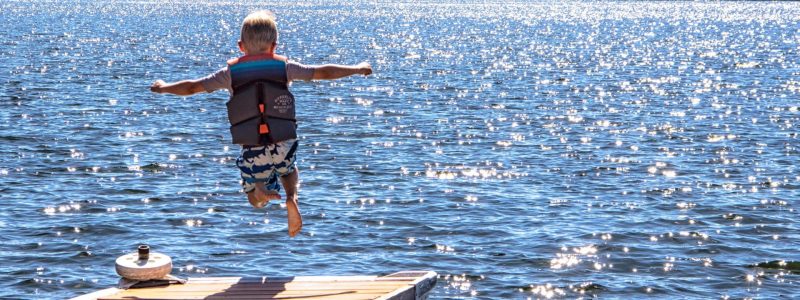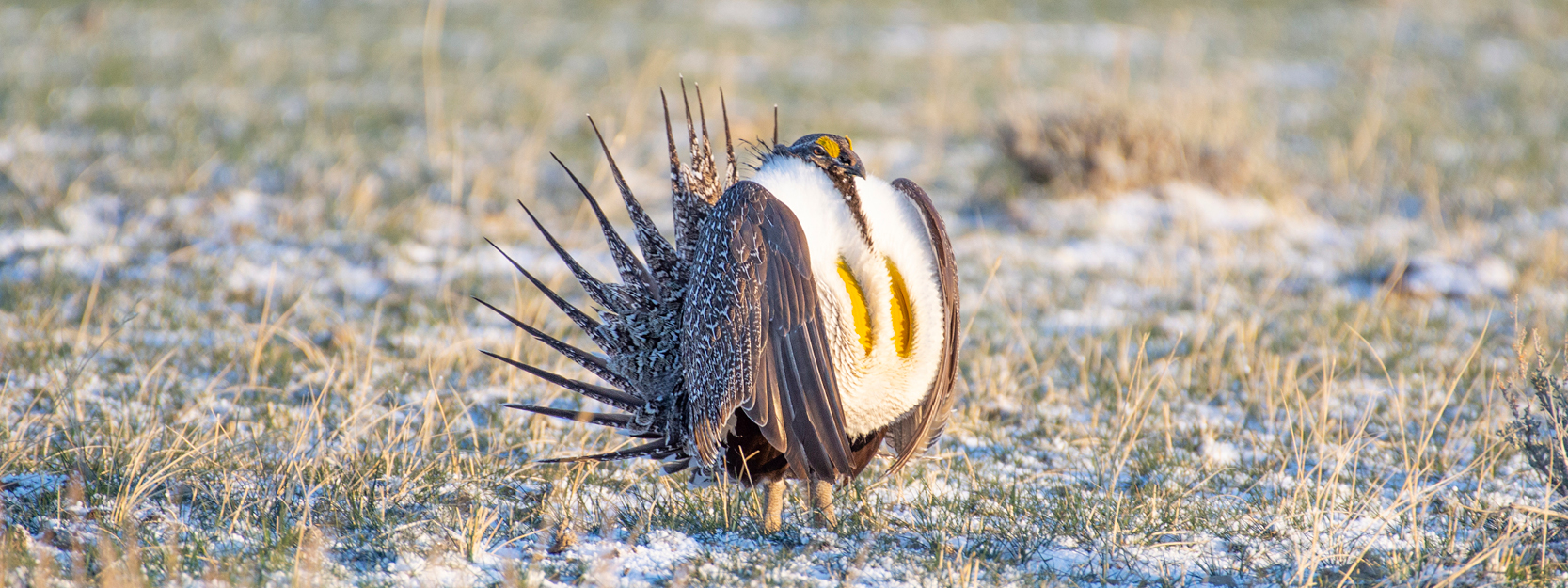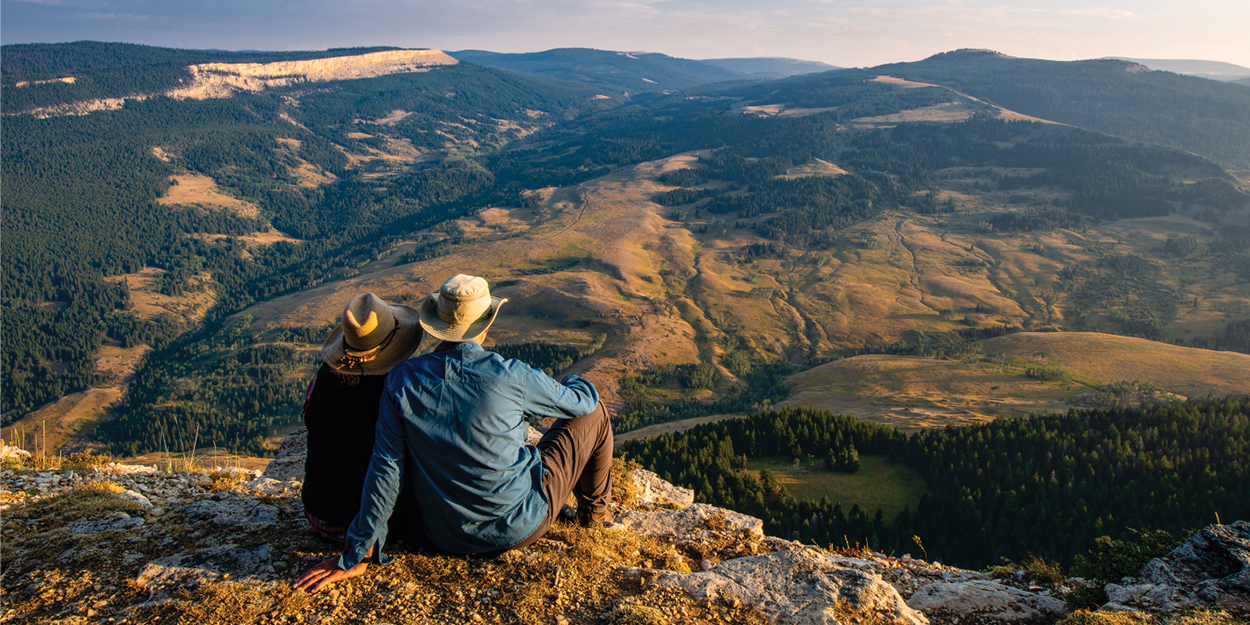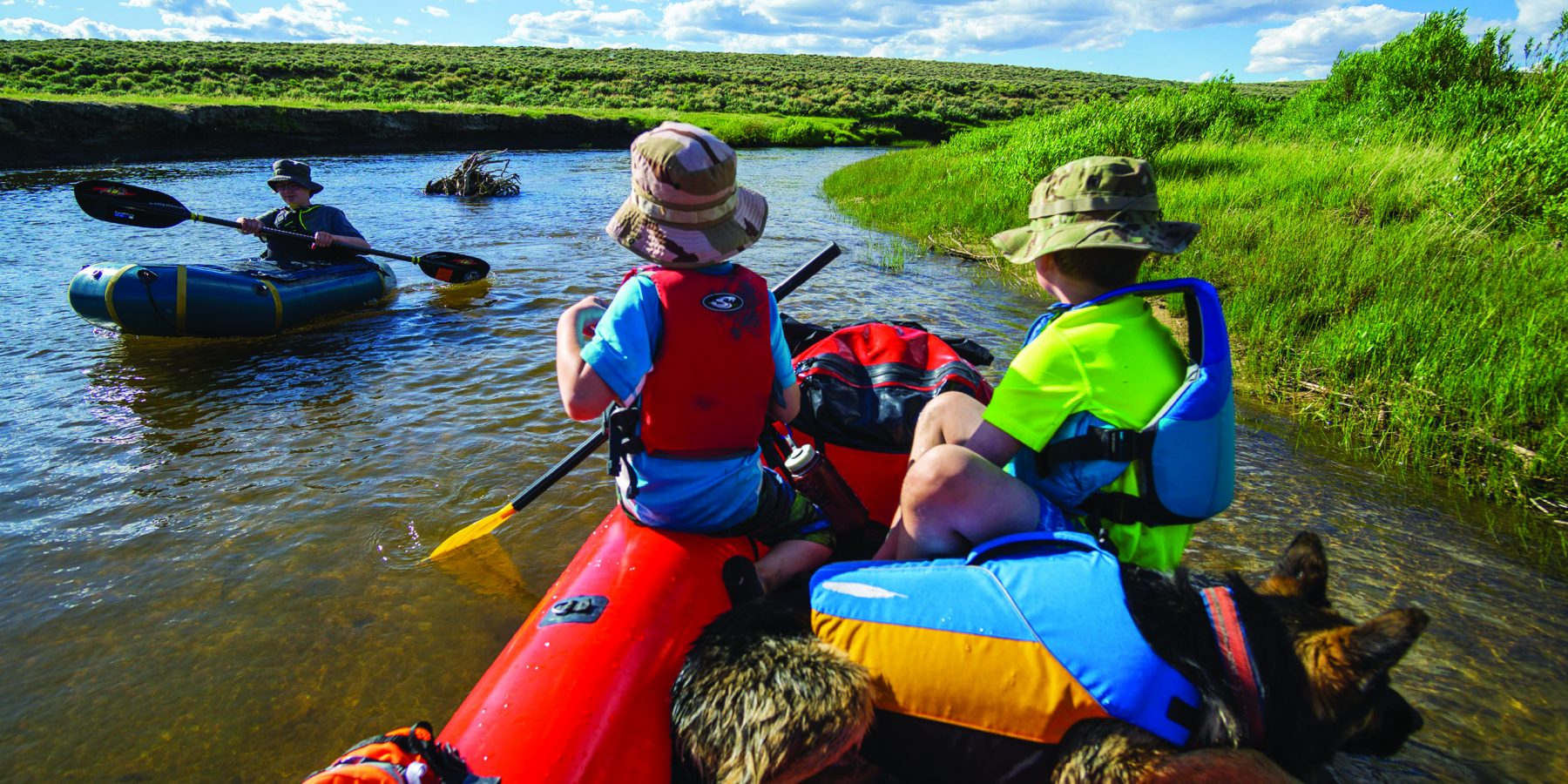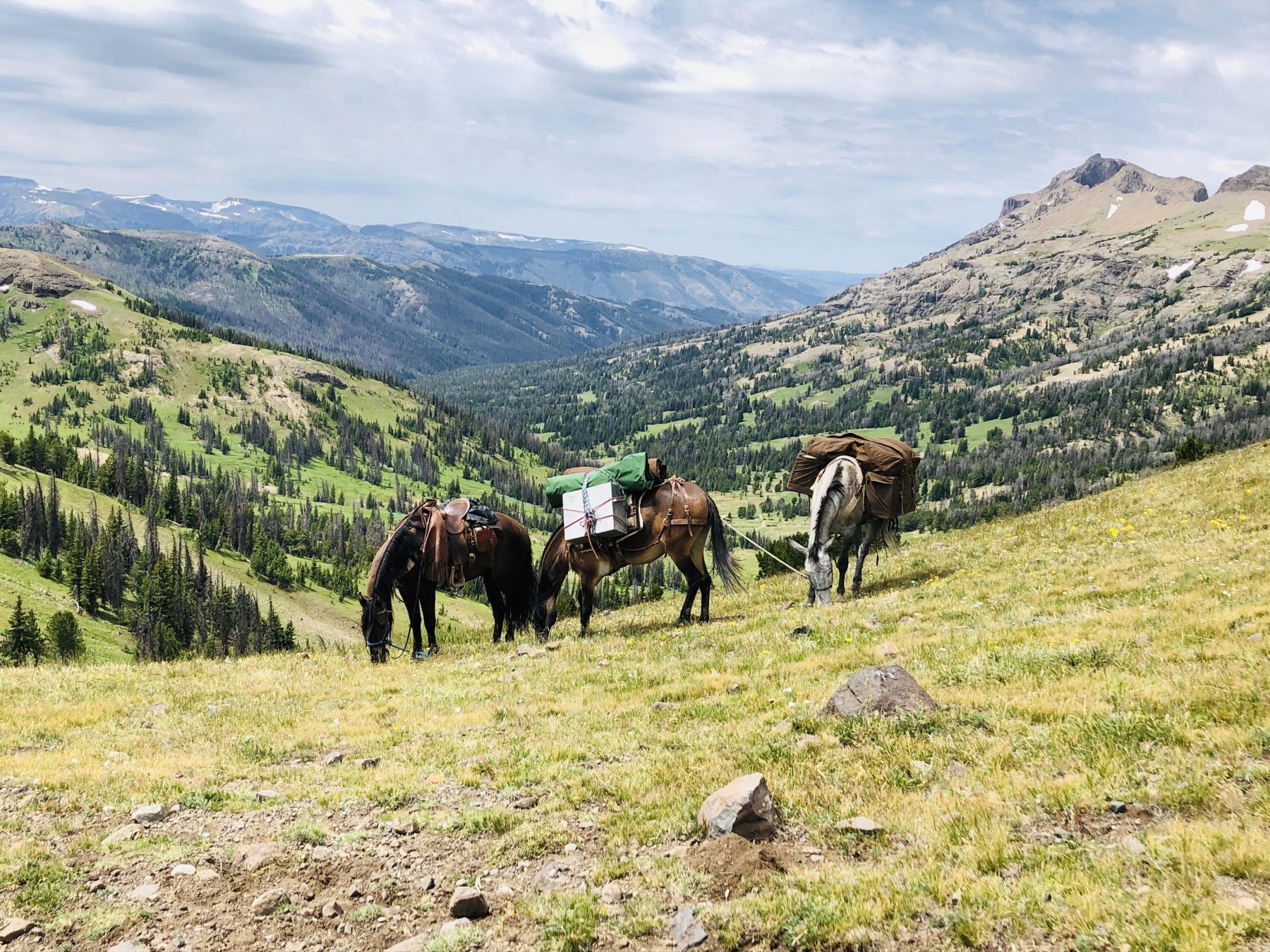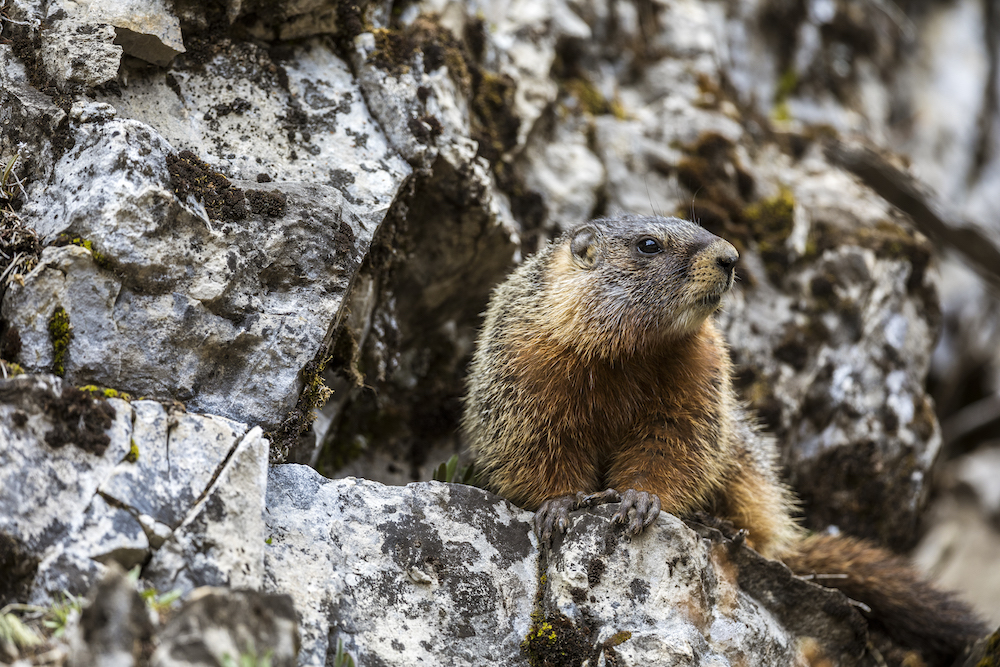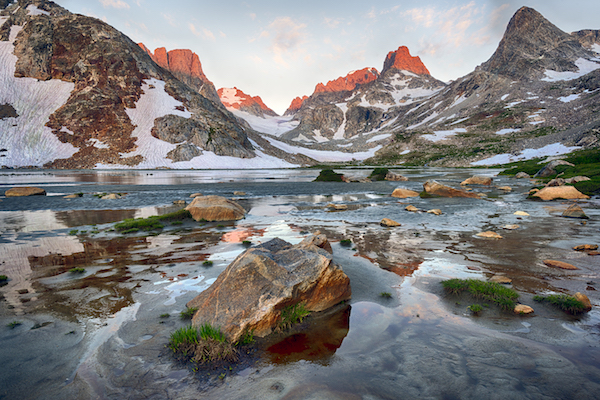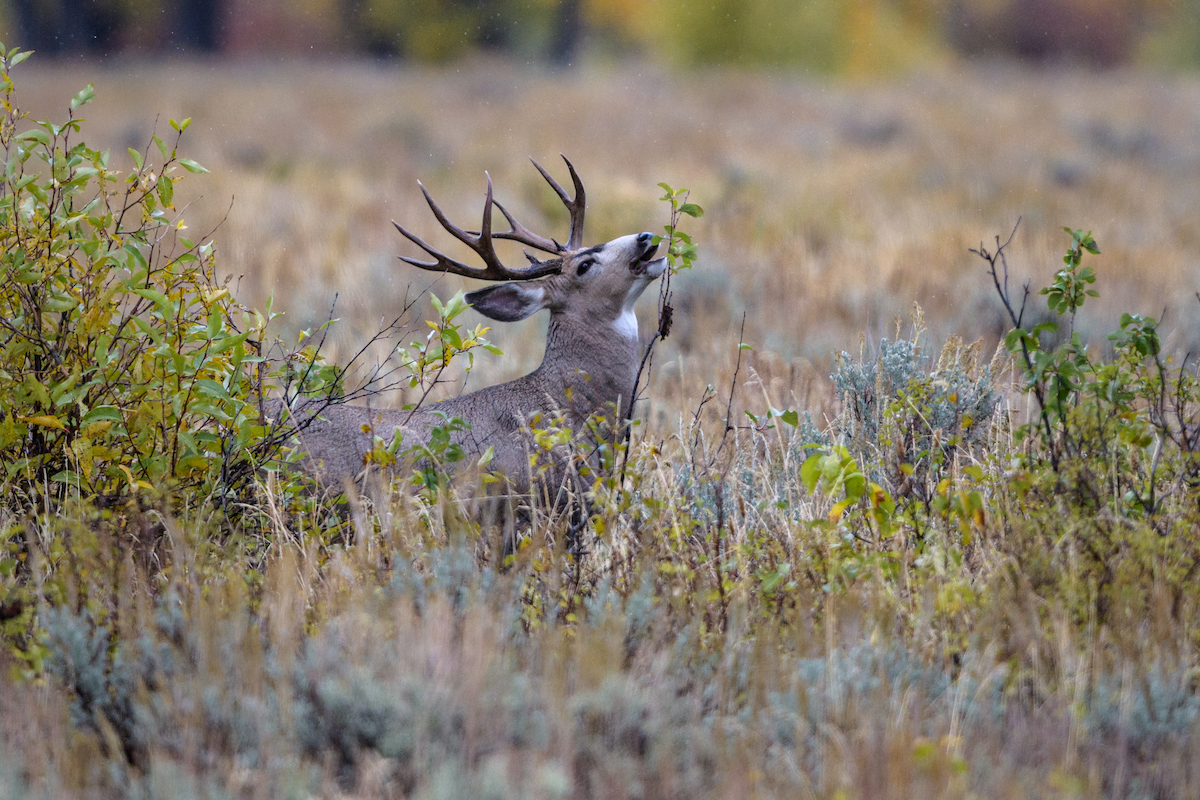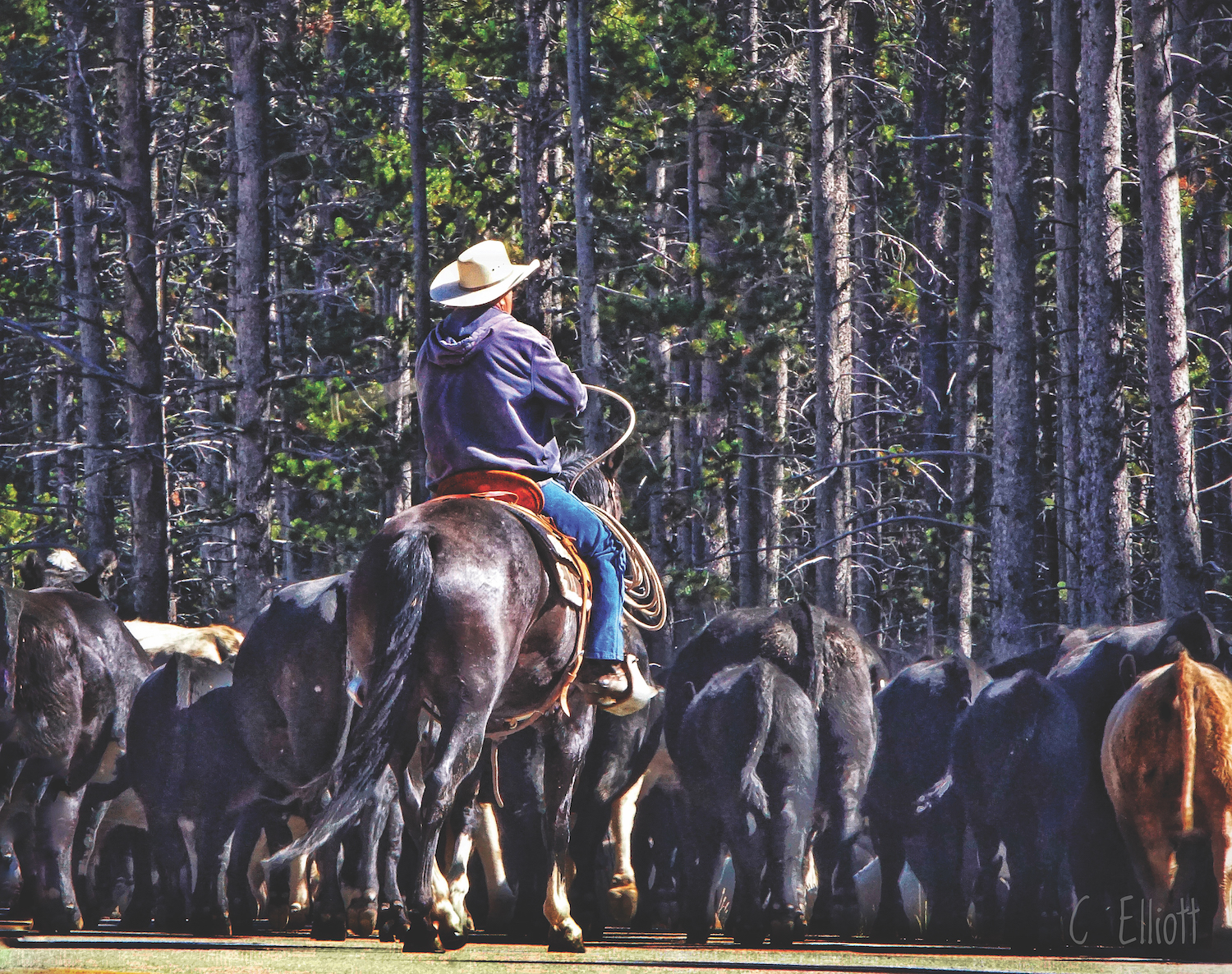WOC’s 2025 Calendar Contest is live! Join Rose and other photographers by submitting your photos of Wyoming’s lands, wildlife, and people. You can enter your photos via Instagram or email. To submit your photo(s) via Instagram, you must have a public Instagram account so that we’re able to view your submission. Upload your photo(s) and add the hashtag #OurWyoming.
To submit your photo(s) via email, send your photo(s) to max@wyomingoutdoorcouncil.org. For more information about the contest, visit our calendar contest page.
A fearless leap. Arms stretched wide and feet tucked beneath, in defiance of gravity. One soaring, weightless moment — before meeting the sparkling waters below.
Rose Fry’s photo of a young swimmer jumping off a dock at Alcova Reservoir perfectly captures the exuberance and simple joy of summer. If you’re keeping up with your Wyoming Outdoor Council calendar, you’ve seen this photo gracing the month of August. This is the month of unrelenting heat, the dog days of summer, when nothing is more enticing than a dip in cool water. This is the season when Wyoming families like Rose’s are drawn to water — whether at Alcova, chilly alpine lakes, or the many streams and rivers that wend their way across the state.
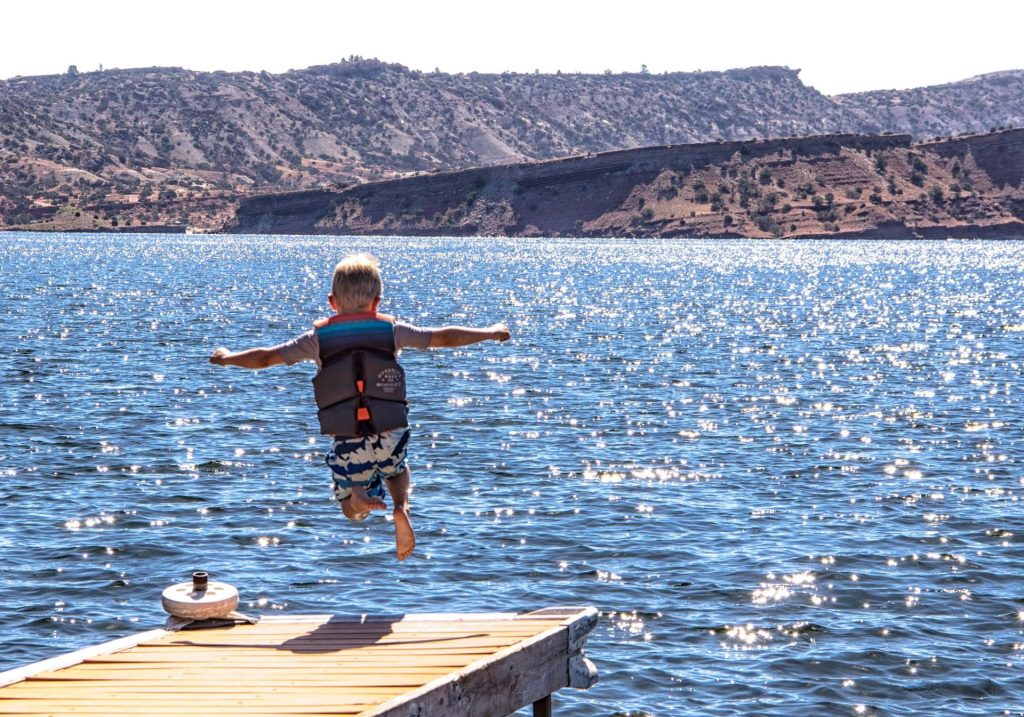
The young swimmer in Rose’s photo is her grandson, Maddocks. While the image captures a single, delighted moment (you can almost feel Maddocks’s shock upon plunging into the water), for Rose, it evokes a deep, generational history: Her memories, and photographs, chronicle a lifetime spent enjoying Wyoming’s outdoors with her family.
Born in Gillette but raised in Caser, Rose’s adventures outside began with frequent trips to the high country. “Growing up, our family had a small little cabin up in the Bighorns, kind of out in the boonies,” she says. “We went up there all the time, and we would fish and run around, and we sure enjoyed it.”
Rose has been visiting Alcova Reservoir on warm summer days since she was a child. Later, when she and her husband had started their own family, she passed along her love of the outdoors to her three daughters. And now, she enjoys sharing days at Alcova with her grandchildren, who often come up to visit from Colorado.
It feels special, Rose says, to leave cell service and other distractions behind, and just enjoy the fun of being outside together, with people you love. The day she snapped the photo that ended up in the calendar, the whole family had taken leap after leap off the dock — sometimes holding hands, sometimes aiming to land on an inflatable unicorn, which the kids had playfully nicknamed Susie. “It was just the most fun,” Rose says. “We were just having a ball together.”
Capturing Wyoming’s magic through the viewfinder
For Rose, a longtime hobbyist photographer, capturing images is all about seeking out special moments — and being prepared when they arrive. “The number one rule in photography is to be there. If you’re not there, you’re not going to get the photo,” she says.
Rose’s photography runs the gamut, from images of family, landscapes, and wildlife, to the occasional photoshoot for graduating seniors. After 27 years working for the Wyoming Department of Family Services and Child Protection, Rose recently retired — which means more time to adventure and focus on her photography. Most recently, she supported a bike ride across the Sierra Madres and Snowy Range as part of the annual Tour de Wyoming. (Her sister is the tour’s director, and Rose always enjoys the chance to help her out — and snap plenty of photos!)
While the Sierra Madres and Snowies provide close-to-home photo magic, Rose travels to Yellowstone several times a year to explore the park with a group of photographer friends. It was there, on a snowcoach photography trip, that she experienced one of her favorite moments behind the camera. The group of photographers came upon the Wapiti Lake wolf pack, a group of 18 wolves. For hours, through their telephoto lenses, the photographers watched the wolves play. “After that, I was on a high for a week,” Rose laughs. “It was just amazing.”
But, she added, there’s so much more to nature photography than the large and charismatic mammals that people tend to focus on. From small critters, to birds, to the many overlooked subjects in between, the opportunities to capture beautiful images are boundless, once you start looking for them.
“I have so much fun taking my photos,” Rose says, “but even better is being able to share them with others.”
This year’s contest: Celebrating Wyoming “roots”
If you’d like to share your own Wyoming photos, now’s your chance! Join Rose and other photographers by submitting your shots to the Wyoming Outdoor Council’s calendar contest. In this year’s contest, we’re looking for photos that explore what it means to be “rooted” in Wyoming.
Perhaps, like Rose, your Wyoming “roots” are the multiple generations of family members that have found significance in Wyoming’s outdoors. Or maybe your roots involve a connection to Wyoming’s abundant wildlife, or to a landscape you hold dear. Whatever being rooted in this wonderfully diverse state means to you, we’re looking forward to your help in telling the story of “Our Wyoming,” our ongoing calendar contest theme.
Selected photographers will have their work printed in the 2025 calendar, receive a cash prize, and have their winning photos displayed in an exhibit — exhibit details coming soon.
Photos may be submitted via Instagram or email. To submit via Instagram, simply add the hashtag #OurWyoming. You must have a public account, so that we’re able to view your submission. To submit via email, send your photos to max@wyomingoutdoorcouncil.org.
Learn more and view all terms and conditions here. Happy photographing!


